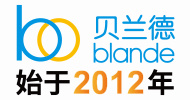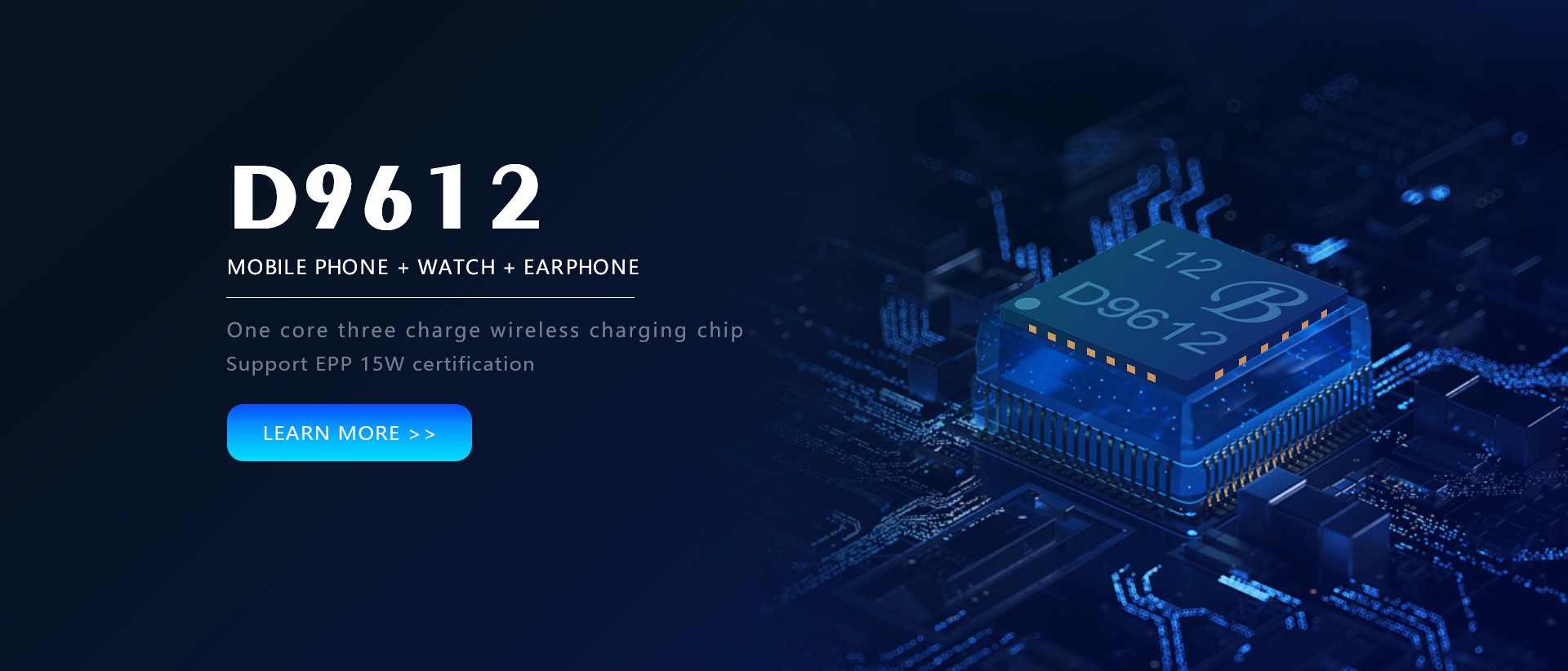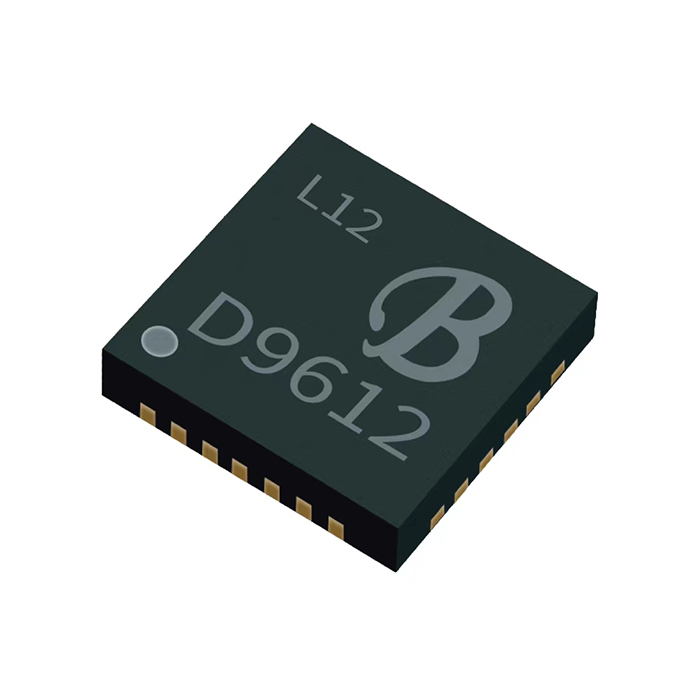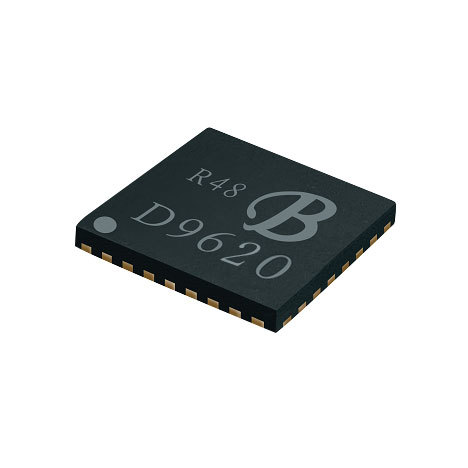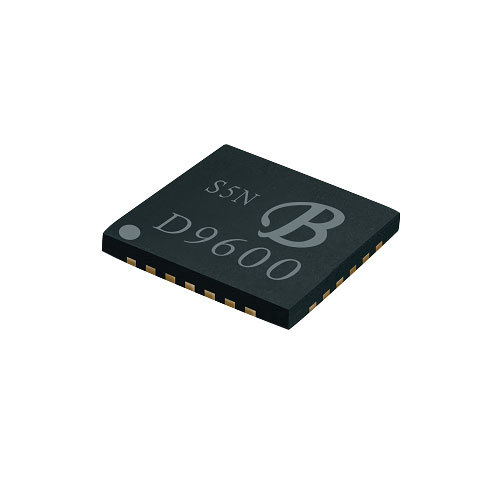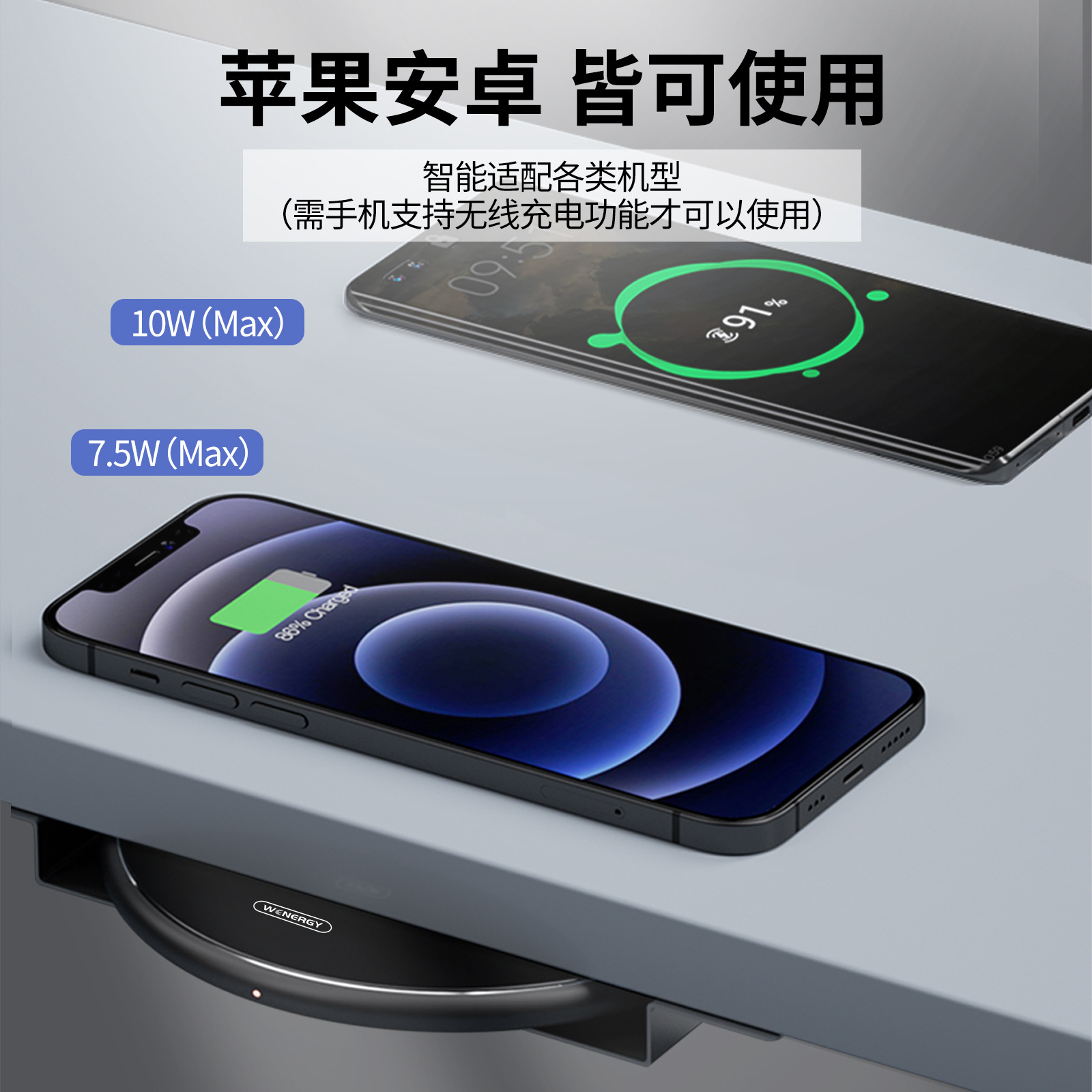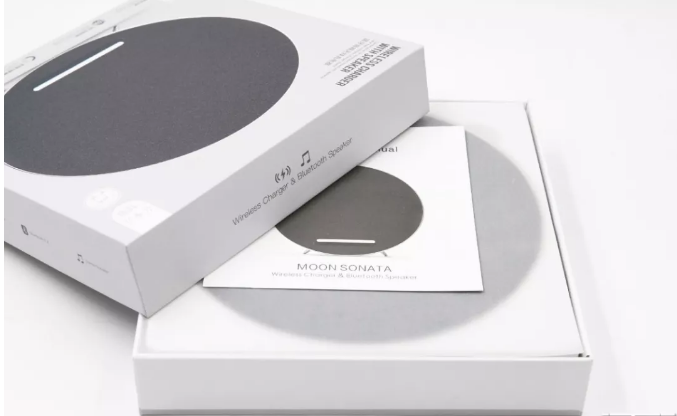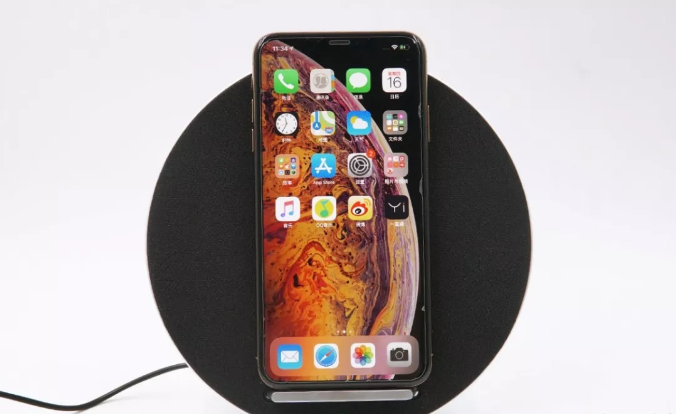Why choose us

1, 11 years of wireless charging
Years of technical precipitation, mature and stable products

2. The technology is compatible with major brands of mobile phones
The quality of scale shipment is guaranteed

3, independent research and development technology to lead the industry
Berand has the industry's top R & D team

4, free custom development proofing
Can provide customers with free function and structure custom development
News dynamics
News Center
